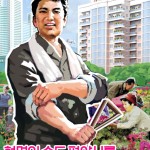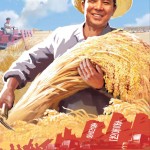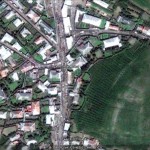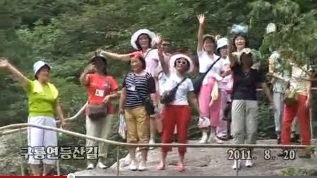Institute for Far Eastern Studies (IFES)
2011-9-21
The minimum monthly wage at the Rajin-Sonbong (Rason) Economic and Trade Zone has been set at 80 USD.
The Rason Economic and Trade Zone is a joint development project between China and the DPRK. Recently, a booklet on the “Tax Policy in the Rason Economic and Trade Zone” was published by Rason city’s tax bureau to introduce the zone’s tax policy to foreign investors. The booklet designates the monthly minimum wage for local employees at 80 USD.
The Rason Economic and Trade Zone Law was revised in January 2010, handing to local Rason authorities the jurisdiction to decide on the minimum wage for the North Korean workers working for foreign companies in the region.
With wages in China rising, Chinese firms are tending to look at Vietnam and Indonesia to build factories. The Rason Economic Zone is also becoming an attractive alternative, especially for those investors from companies situated in China’s northeastern provinces.
The monthly minimum wage at Rason will be 25.3 percent higher than the Kaesong Industrial Complex (KIC), which is set at 63.814 USD. However, the minimum wage at Rason still remains below half of the minimum wage of workers in China. According to the (South) Korea Trade-Investment Promotion Agency (KOTRA), the monthly minimum wage in China is 167 USD.
The booklet also provides detailed descriptions of tax related information in the Rason area.
For buildings obtained with one’s own funds, property tax will be exempted for five years. It will also be possible to make inheritance tax payments in installments, if it exceeds 20,000 Euros.
The corporate income tax rates range from 10 to 14 percent. Those companies that invest over 30 million Euros will be exempt from income tax for four years from the year they record a profit. Afterward for the next three years they will receive a 50 percent tax reduction. Other taxes such as sales and transaction taxes are set at 0.6 to 5 and 0.3 to 2.5 percent.
In addition, tax payments are permitted at banks and the tax bureau directly.
Kim Jong Il made a visit to Rason in 2009 where he announced to focus on three main sectors to revive the North Korean economy: manufacturing, transportation, and tourism.
According to a North Korean authority, “Investing in labor intensive industries will be profitable in many ways. Many Chinese and even Taiwanese textile companies are expressing interest in building factories in the Rason area.”
In addition, Rason authorities expressed future plans to attract businesses in the tools, shipbuilding, automobile, and high-tech industries, and are making great efforts to attract foreign investments to the area by promoting the zone’s geographical proximity to China and Russia, cheap labor, and tax benefits.
Additional Information:
1. Read more about the Rason tax and wage policies here.





